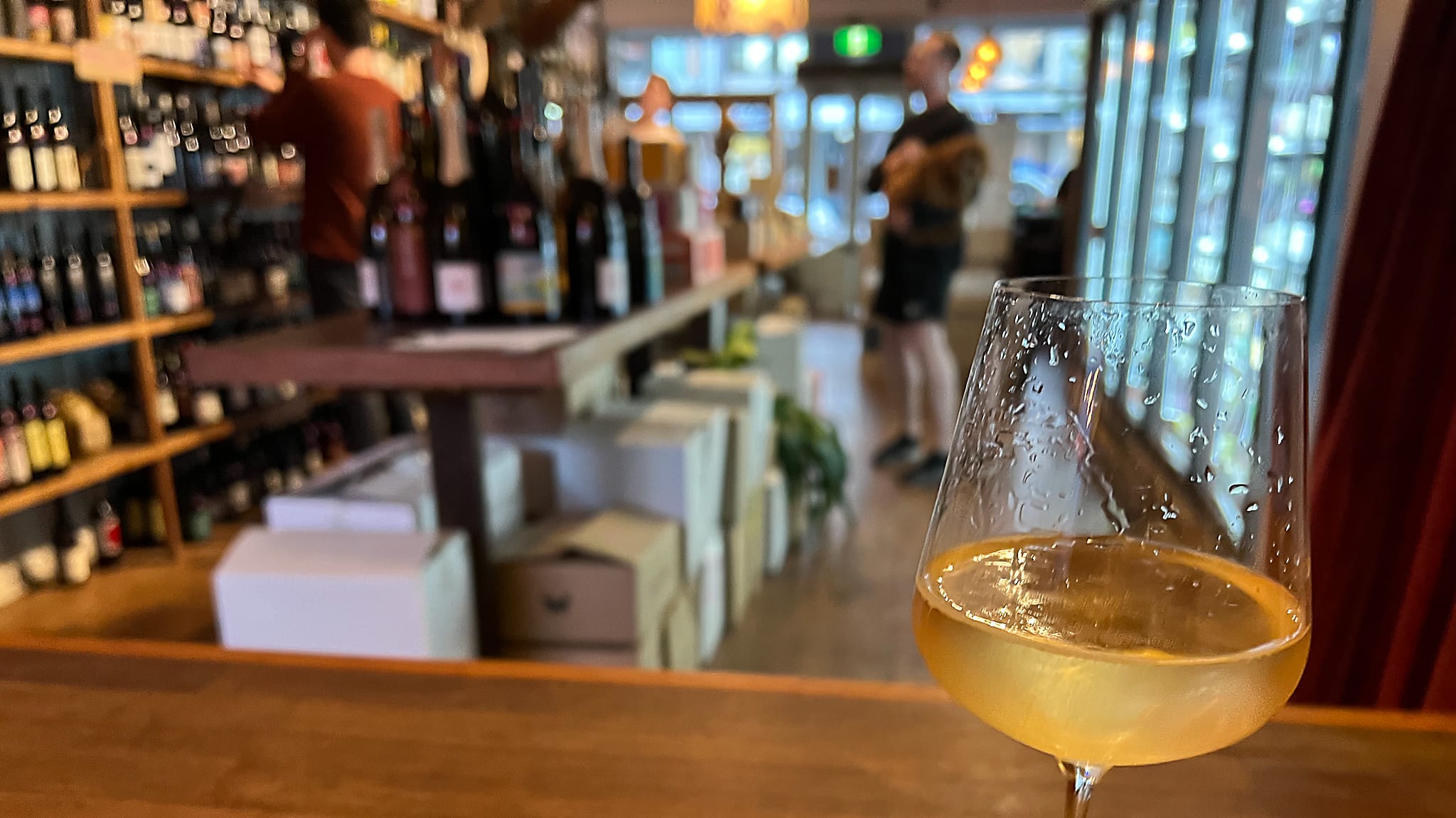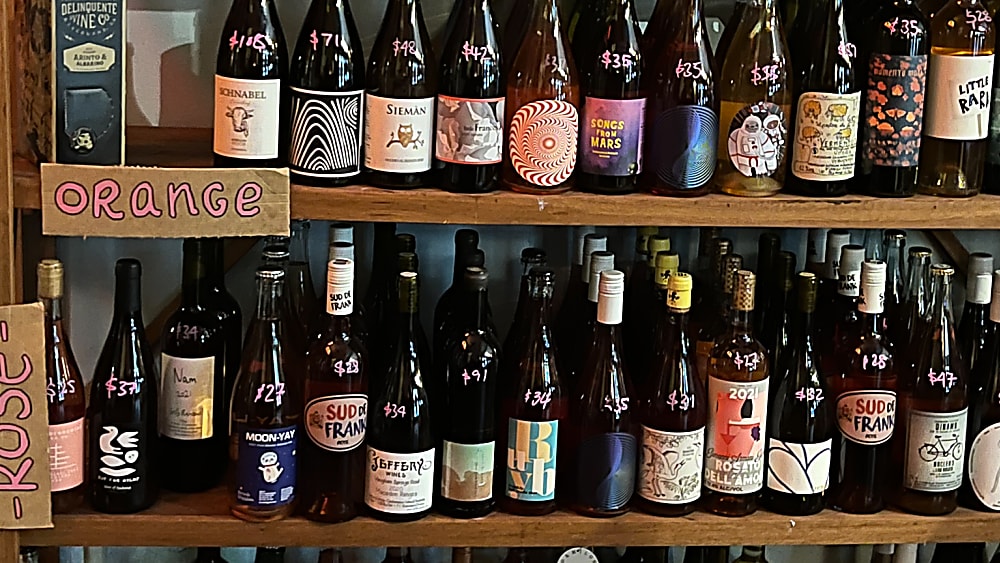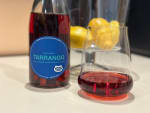Whether you’re an enthusiastic wine lover like me, or just curious about how the industry works, in this article, I’ll be sharing some insights into the wine market - how it operates, key players and the latest trends that are transforming the industry.
Details on Key Participants
Growers & Winemakers
Growers cultivate grapes for winemaking, while winemakers turn those grapes into wine. Many growers opt to sell their grapes, juice, or wine to co-ops and merchants because of their ability to achieve economies of scale, allowing them to purchase in bulk and reduce expenses.
Co-ops and Merchants
Co-ops and merchants serve as intermediaries between growers/wineries and consumers. They acquire grapes, juice, or wine from growers and winemakers and distribute the finished wine to different channels like retail stores, restaurants, or directly to consumers. In some countries, co-ops and merchants are prominent, and they may have their own retail stores, bottling and labelling their own wines.
Distribution Channels
Distribution channels refer to the various methods of selling wine to consumers, including retail stores, restaurants, online retailers, and wine clubs. While retail stores are the most common channel for purchasing wine, online retailers and wine clubs have become increasingly popular in recent years. Restaurants are also a vital distribution channel, and many have their own wine lists, curated by sommeliers.
Consumers
Consumers are the end-users of wine and can purchase wine from a variety of distribution channels. Consumer preferences may vary depending on factors like age, gender, and location.

Trends in the Wine Market
There are several trends that are currently shaping the wine market. Here are a few examples:
-
Direct-to-Consumer Sales: With the advent of the internet, many winemakers and co-ops/merchants can now sell wine directly to consumers, bypassing traditional distribution channels. This allows consumers to purchase wine online from the comfort of their own homes and enables winemakers and co-ops/merchants to keep more of the profits from each sale.
-
Shipping of Finished Wine in Large Tanks: Another trend that’s emerging is the transportation of finished wine in large tanks for bottling in the destination country. This approach reduces the weight and cost of shipping and provides winemakers with better control over their wine’s quality.
-
Demand for Low-Alcohol and Non-Alcoholic Beverages: As many consumers seek healthier and more moderate drinking options, there’s a growing trend towards lower alcohol and non-alcoholic beverages. Some winemakers are producing wines with reduced alcohol content, or even non-alcoholic wines that still retain the taste and aroma of traditional wine.
-
Sustainability and Environmental Awareness: Finally, there’s a growing emphasis on sustainability and environmental awareness in the wine industry. Many winemakers are adopting sustainable farming practices and reducing their carbon footprint, to appeal to consumers who are increasingly concerned about the impact of their purchases on the environment.
That’s it for today’s post, but keep an eye out for more insights into the wine market, coming soon.
I learned so much and revised quickly with Brainscape and their WSET Level 3 Flashcards.
Get started for FREE today, but you can unlock all the flashcards and SAVE 20% with this special discount code DAMIENWINE.







